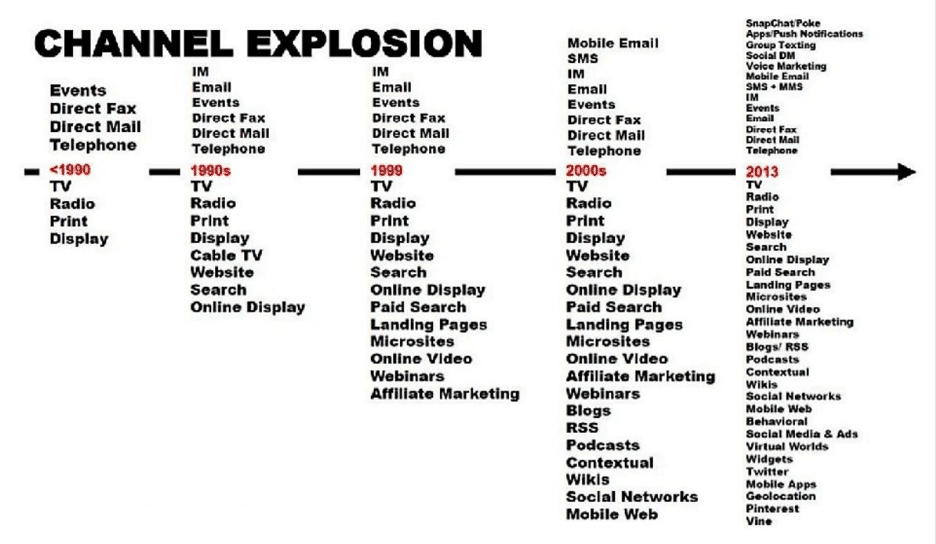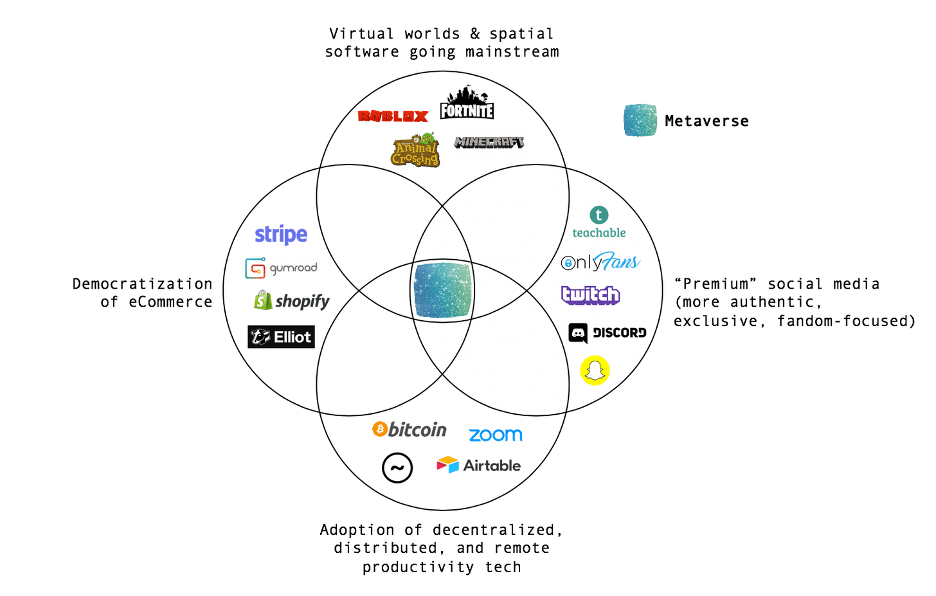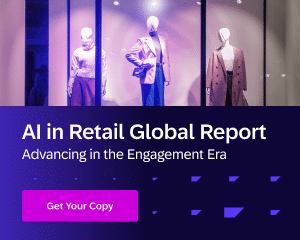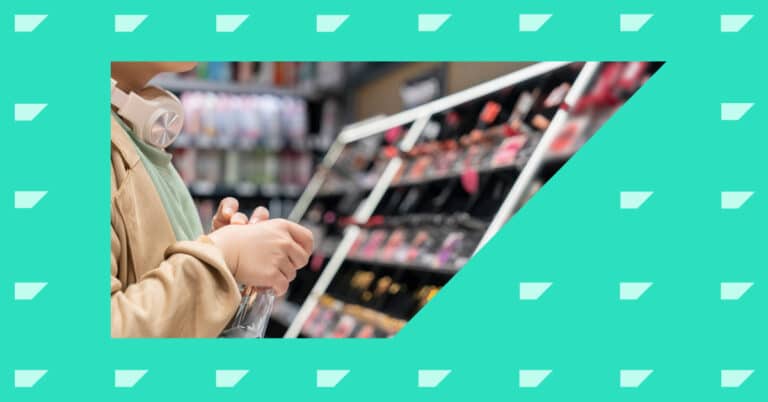This is a recap blog post for the webinar streamed live by CommerceNext on May 4, 2022, which is also known as Star Wars Day. The objective of the webinar was to prepare for the future customer engagement, the challenges related to it, and how retailers are going to manage the intersection between customer service, experience, and acquisition.
The panelists of the webinar were:
- Anna Brian Lee, VP, Global Member Marketing, WW
- Dana Schwartz, SVP, Global Direct to Consumer & Digital, KEEN
- Benita Johnson, Sr Gift Card Manager, Home Chef
- John Grech, Chief Commercial Officer, GiftNow
- Moderated by Scott Silverman, Co-Founder, CommerceNext
It’s no surprise that digital retailing is rapidly evolving. After every year or two, something entirely new emerges as the next milestone driven by consumer behavior in the retail market.
Long gone are the days when you can just optimize a really simple funnel and try to get that add-to-cart action at the end of it. Today’s world is not that simple. Here are a few key takeaways we learned from the webinar.
More to Optimize than ‘Add to Cart’
Yes, the goal of creating a transaction is still the intent, but the way people discover, begin their journey, and pass through the gates of conversion is entirely different and even more complex than ever.
Growth and LTV in digital retailing are at the intersection of customer experience, customer acquisition, and customer service. The need to access all digital strategies to serve the unique shopping behavior of today’s modern consumer is vital. Why? The path of purchase looks a lot different than it did in the past. The main question is, what digital strategies and channels would be beneficial to achieve better optimization of this whole digital retailing process?
Taking an Omnichannel Approach
There are obviously many more marketing channels than just your website – the explosion of digital mediums over the past few decades has been astounding:

Back in the day, catalogs used to be the closest thing to an online store (and they were basically considered the contact center). That evolved into websites where we transitioned our businesses to, some 20-30 years ago. This transition from physical-to-digital introduced complexity, and it has since become harder and harder to manage. Here are a few channels that have changed the retail game in the past few years.
- Social Media used to be a place of mere lifestyle sharing, but now is a key business driver and point-of-purchase.
- Live Streaming is emerging. Consider the value of going live in your owned media platforms.
- Influencers are becoming the primary inertia behind product launches and marketing.
- The Metaverse is a global phenomenon that nobody is completely sure about. Is this — along with deeper immersion into the world of AR/VR — the next form of communication and marketing?
How will all these channels co-exist together, and how will the retail industry (providers, consultants, retailers)embrace them and drive sales?
Social Media
Social media-driven e-commerce, known as social commerce, is estimated to become a $1.2 trillion market globally by 2025, which is 16.7% of e-commerce as a whole.
According to the webinar, 43% of the consumers admitted they shop online by following an ad on a social media platform like Facebook, Instagram, or Snapchat. That means promoting your brand via social media ads is a high-value avenue for optimization!
The Metaverse: Where You Live Your Digital Life
The Metaverse is officially here – is it just hype or is it the next step towards digital commerce (and of life)? According to a survey by CommerceNext, surprisingly, almost half of consumers haven’t heard of the metaverse. While gaming remains popular in the metaverse, only 1 out of 3 gamers actually shop there. This could be because it’s a new concept and there’s going to be an adoption curve over time.

In the context of the metaverse, only 3% of consumers said they purchased a non-fungible token (a digital asset) in the metaverse. 12% of consumers have bought some digital products in the video games. This could be a good indicator of sales potential in the NFT space.
When asked about what kind of shopping activities they would like to do in the virtual gaming or 3D world like metaverse, 27% of consumers said they would like to try on clothing in the virtual world. It’s not surprising that there’s a high desire to try clothes in the virtual environment if everything is going digital.
Retailers have been coming up with new strategies to enhance user experience and shopping for clothing online is no different. On the contrary, 41% of people said they still want to buy real-life products. That means they don’t want to buy some digital stuff, and could also indicate that they don’t support the emerging digital environment.
8% of people said they would like to buy NFTs, so there is a slight inconsistency among the people who actually bought vs the people who want to buy. We suspect over time these numbers will catch up with each other.
Time to Rethink?
Are some retail strategies currently in place still based on older models? Are we simply moving into the modern age of the old catalog-centric shopping experience with a slightly better search and navigation system? Or have we advanced to unlocking entirely new capabilities that have no relationship to ways of the past?.
Traditional retail methods have been flatlining or, in some cases, failing, while savvy brands are looking toward exclusively online shopping journeys. That’s precisely why there have been so many advances in technologies like personalization and enhanced/immersive experiences.
All of this will help us, as marketers, optimize the retail process as a unique shopping experience for all users.
Sample Retail Scenario: Gifting & Seasonal Shopping
The gift shop retail business was a $653B market in 2020, estimated to grow to $816B by 2024 – a meaningful sized market. However, gift shoppers are not typical shoppers. They often look for the value and purpose of a product before making any purchase. Their purchases are generally driven by inspiration rather than necessity.
Shoppers engage with your business in today’s more diverse shopping landscape in very unique ways.
Let’s take another timely example – Mother’s Day. The first question from a consumer’s point of view is: Why should I buy a Mother’s Day gift from your brand? If you are a retail brand catering to seasonal, gift-inclined buyers for a holiday like Mother’s Day, you need to be thinking about questions like “How are they going to find my store?” “How convenient is their purchase going to be?” “How easy and simple am I making the whole process?” “Have I considered the implications of returns, shipping time, etc?”
Keeping the user experience in mind, you can come up with strategies to optimize your whole retail process that goes beyond the traditional methods and gives a sense of personalization to every unique customer.
Conclusion
2020 marked the dawning of a new kind of communicating… one where we’re officially going digital in every way. As speakers discussed:
- Customer service, customer experience, and customer acquisition are interrelated and should be managed to improve customer engagement.
- New use cases and examples of how the metaverse is becoming more prevalent in e-commerce are emerging daily.
- We have to prioritize new customer engagement strategies despite mounting pressure to deliver results or we’ll be lost in the digital sea.
Armed with the information recapped here and in the webinar, you can learn to “harness The Force” and get set for the future of customer experience management by studying the intersection of customer service, experience, and acquisition.
► Ready to see the platform in action? Get your no-commitment demo now!












